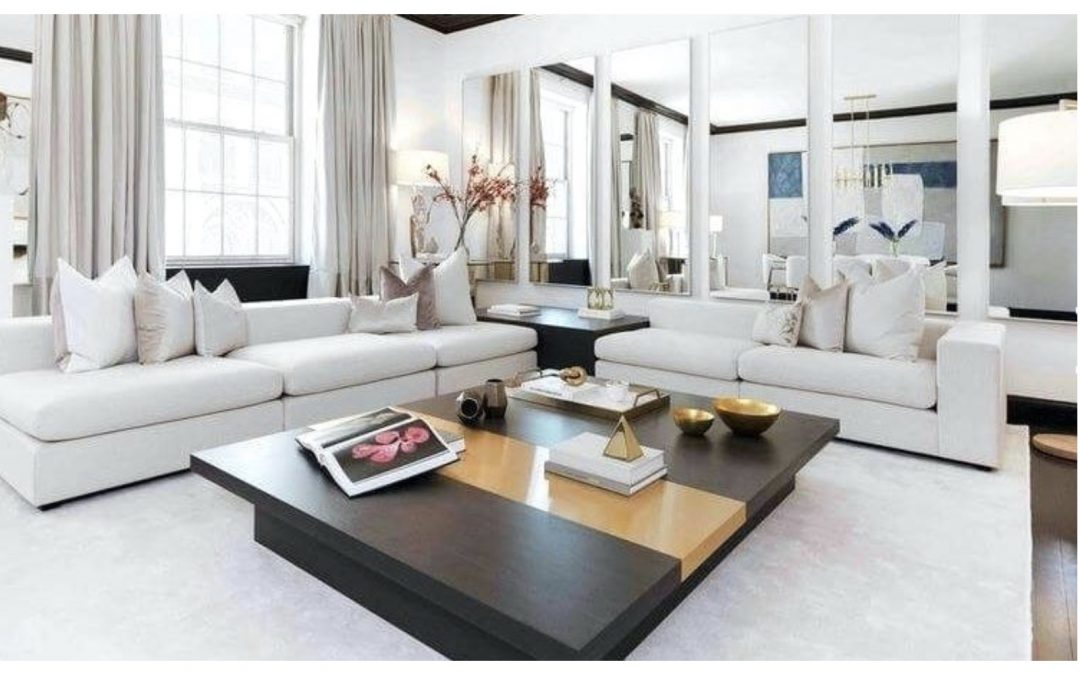
Interior Design
Interior Design
What is Interior design?
Interior design is about the balance of light and shade, colour and form; styles change with evolution and time, but also reflect how all members of a household including animals and pets, utilize spaces in houses, homes, or how customers feel in a commercial environment, including cafes, restaurants or places of entertainment.
Interior design also effects our lifestyles, our work spaces, amusement / hobby’s areas, as well as our health and well being. Well designed homes need to fit the lifestyles of families, and likewise stylish commercial premises must meet the needs of its customers.
It involves careful use of space planning, textiles, different materials, paintwork, colour, sustainability, health and safety issues, as well as original and creative effects presented by a designer, both in luxury and simplified scenarios.
Brief History of interior design and styles adopted from other countries.
During the Middle Ages, from the 5th to the 15th centuries, there was a wide variety of homes. There were castles, manor houses, monestaries, mud huts; and also apartments over shops by the late Middle Ages. Certainly, housing and interior design differ in different parts of the world.
However, during the Middle Ages, necessities in a typical home were more important than their appearances. Wall hangings were very popular. Light, warmth, vicinity to spring water or communal wells and waste disposal were of great importance and the typical home was not very comfortable. Houses, homes and small buildings were dark and utilized daylight to its best and candle light at sunset, as windows were small spaces in walls; window glass was not available to most. Wall hangings would act as space separators and helped to keep the warmth within the building that most often consisted of one large room. On the other hand wealthy peoples homes consisted of castles and manor homes that were spacious and more luxurious. Monasteries and manor houses covered much of the manufacture of commodities including grain, fruit and vegetables, herbs, healthy beverages and were also knowledgeable on herbs and spices medicinal remedy preparations. ‘A Hermit’s Cookbook: Monks, Food and Fasting in the Middle Ages, by Andrew Jotischky, first published in 2011 by Continuum International Publishing Group, London, (a catalogue record of this book is available from the British Library, London UK.) makes interesting reading.
The Renaissance Period covering the 15th and 16th centuries encouraged larger interior spaces, created the apartment and enhanced the sale of goods in shops at ground floor level, as opposed to the market place stalls.
The Baroque Period 1600 – 1750 then expanded on these larger interior spaces by filling a room with treasures that expressed the interior design of a building and building styles.
The coming of the Victorian Age 1837 – 1901 gave more importance to those living in a space, their needs, lifestyle and use.
During Post war and modern times, home deco became more reflective of ones personal habits and tastes.
In Modern Times
Styles
In modern times, the re-introduction of older styles and influence from other countries namely, the Middle East, Africa, South America, Asia as well as different parts of the EU, add to the final result, and these styles are now universal.
Textiles
The industrial Revolution 1760 to approximately 1840, namely going from manual production to industrial manufacture, greatly helped the manufacturing industries. Available textiles, both natural and synthetic, are used for curtains, furniture upholstery, bedclothes and introduce colour and print motives, such as foliage, floral, or modern art designs to the deco scenario.
Different interior design materials
Different materials such as wood, cement, ceramic and synthetic tiles, chrome deco, stained glass windows, colourful fused glass wall deco, use of mirrors, gypsum moldings, plastering, wall paper, and light fittings create the mood.
Colour
Colour is also a powerful design tool. In order to create harmony within a building, the understanding of colour is essential; warm and hot colour hues vs. cold and cool colour hues, composing and coordinating them, understanding primary, secondary and tertiary colours and their compleamentaries. Good use of colour can create calmness, cheer, comfort, stress or drama. And creative colour combinations can bring warmth to large spaces or enhance restricted areas.
Sustainability and easy maintenance of interior design deco can help the durability of materials used in buildings. This also depends on the needs and affordability.
Eco friendly, health and safety
Health and safety precautions are also paramount. In time, some materials for example the use of asbestos has been found to be a health hazard. The maximum use of natural light and fresh airflow ventilation, help to control the building’s relative humidity and temperature levels in a natural way. The use of plants can also improve the air quality, the deco.
The Interior Designer
The Modern era gave rise to the professional interior designer. Designers now work together with clients to create spaces with a distinct ambience and well being
